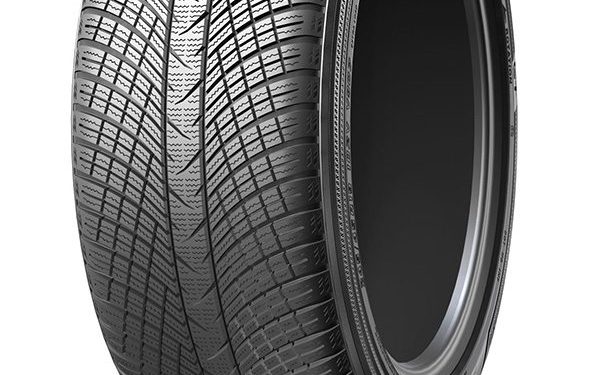SINGAPORE: Malaysian palm oil futures ended a two-day winning streak to close lower on Wednesday amid weaker prices of rival soyoil and lingering worries around palm exports.
The benchmark palm oil contract for July delivery on the Bursa Malaysia Derivatives Exchange closed down 61 ringgit, or 1.55%, to 3,869 ringgit ($816.24) a metric ton.
Dalian’s most-active soyoil contract dipped 0.13%, while its palm oil contract lost 0.24%. Soyoil prices on the Chicago Board of Trade fell 1.17%.
Soybeans extended losses as the impact of the Brazilian flood was seen not as severe as what was previously estimated.
Palm oil is affected by price movements in related oils as they compete for a share in the global vegetable oils market.
Though recent weather concerns have supported palm prices, lagging exports may cap the rally, said Mitesh Saiya, trading manager at Mumbai-based trading firm Kantilal Laxmichand & Co.
Palm oil rises tracking soyoil, but export concerns linger
A Reuters poll forecast Malaysia’s April palm oil exports declined by 7.79% month-on-month to 1.22 million tons.
Palm “is beginning to be quoted at a discount to alternative soft oils on account of improved seasonal production prospects”, said Pranav Bajoria, director at Singapore-based brokerage Comglobal Pte Ltd.
Oil prices fell amid a pile-up in both crude and fuel inventories in the U.S., and cautious supply expectations ahead of an OPEC+ meeting next month.
Weaker crude oil futures make palm a less attractive option for biodiesel feedstock.
Malaysia plans to introduce “orangutan diplomacy” to major palm oil importing countries, as it looks to alleviate concerns on the effects of the commodity’s cultivation on the environment.
Malaysian palm oil is expected to trade between 3,700-4,300 Malaysian ringgit ($780-$906.4) per ton from now until June, as tight supplies are seen offsetting weak demand, leading industry analyst Dorab Mistry said on Wednesday.
According to LSEG Weather Research, the onset of La Nina in the third quarter of 2024 could bring relief from drought risk, which is favourable for palms.

Source: Brecorder



























